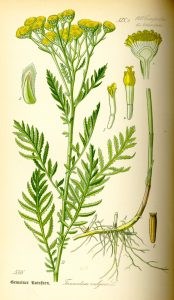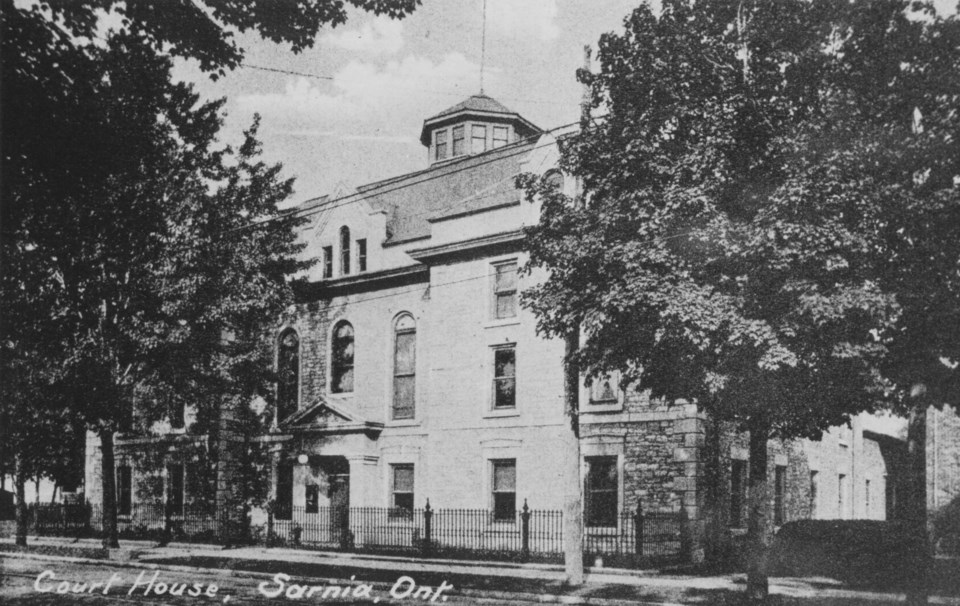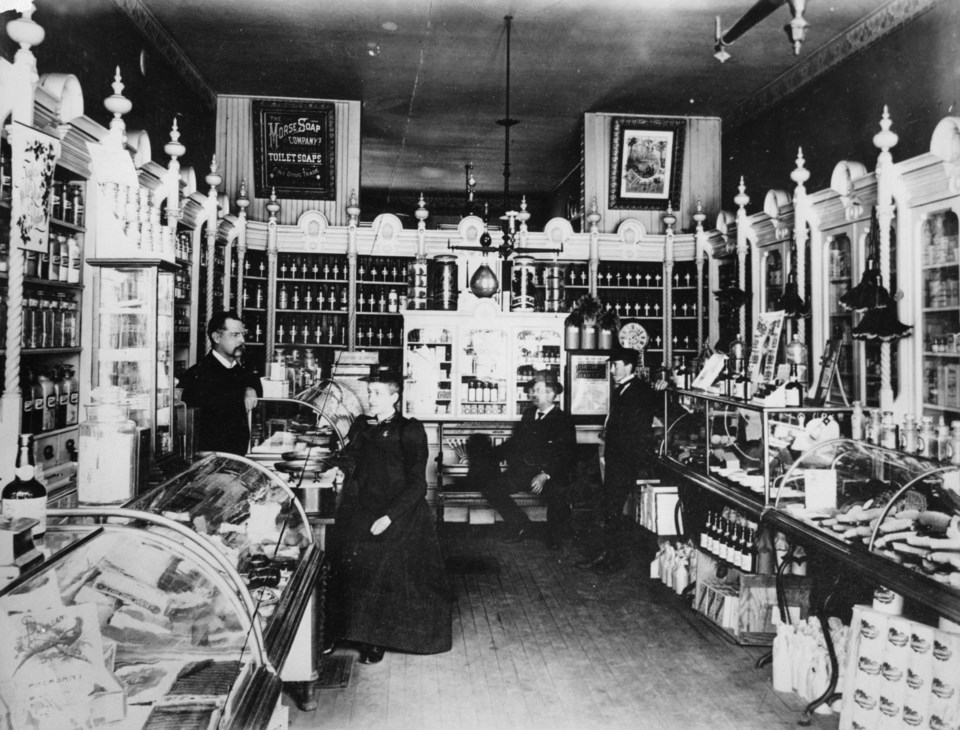EDITOR’S NOTE: The following is a never-before-told story and an historical “who done it.” Was there a cover-up involving a doctor, the local coroner’s office and the press? You be the judge.
Randy Evans
Sarah Shingles was single and she was pregnant. And in the stifling morality of Victorian Sarnia in the spring of 1879, that could tarnish a woman’s reputation for life and stigmatize the child.
So the 20-year-old resident of Moore Township sought out an abortion, which was not an easy process.
Abortion was then a criminal offence, unless necessary to save the life of the expectant mother. Punishments were severe, and if the abortion attempt led to the mother’s death those involved faced homicide charges and the noose.
Nevertheless, procedures were secretly available - for a price - both from untrained individuals and certain doctors.
As one physician advised his colleagues in 1875: “When you are solicited to interfere for the relief of these poor wretches, pity them, pity them [but] meet their entreaties with prompt, decided refusal.” - Dean Jobb, “The Case of the Murderous Dr. Cream.”
Basically, two types were available. One involved physical extraction and the other an administration of poison to expel the fetus. Poisons of choice included tansy, savin, cotton root and ergot.

These extracts were not readily available, except to doctors. Druggists and drug manufacturers protected their reputation by ensuring such poisons didn’t fall into the wrong hands.
So when an abortion involving drugs was botched, a doctor was often implicated.
On April 28, 1879 Sarah Shingles succeeded in finding someone willing to help her. Whoever that person was also caused her death.
Sarnia Coroner Dr. Edward Oliver began an investigation, as he had done six years earlier in the infamous Elizabeth Workman murder case.
All indications pointed to death by poisoning. An autopsy was performed.
But for the case to go forward, it was crucial that an analysis for poison be carried out on Shingles’ stomach contents. And for some unknown reason, neither the local coroner nor Sarnia Crown Attorney Julius Bucke acted until directed to do so by Ontario’s Deputy Attorney General, A.G. Scott.
Scott ordering that the stomach and its contents be sent for analysis to Dr. W. H. Ellis at the School of Practical Science in Toronto, but not until one and a half months after the woman’s death.
And the case was about to take a questionable twist – one that would reverberate in the highest levels of the provincial government and Sarnia’s upper crust.
During the autopsy, Shingle’s stomach was removed and placed in a glass jar. The jar was capped and placed in a wooden “Brown’s Windsor Soap” box. Thus packaged, the evidence was sent to Dr. Ellis for analysis.
Meanwhile, local Crown Attorney Bucke’s investigation had identified two possible suspects.
The first was Shingles’ boyfriend. Though he was the obvious place to start there was a problem. The boyfriend lacked ready access to abortion-inducing poisons.
Next, and no doubt to the consternation of the local medical community, the second suspect was one Doctor McMichael.
In his report, Bucke didn’t specify why McMichael was a person of interest, but evidence must have existed to implicate him by name.
But the case against McMichael had two troubling factors. One, Bucke noted, is that he was a person of good reputation. The second was motive, because Shingles would have had difficulty paying a fee large enough to cover a doctor’s enormous legal risks.
In the end, it didn’t matter, because the local authorities made a critical mistake.
As reported by Dr. Ellis, the jar containing the deceased’s stomach was not labeled as coming from Shingles. Except for the reference of an unattached note, the contents could have come from anyone.
What’s more, the jar was improperly sealed and some of the contents leaked out in transit. Thus, the exhibit was contaminated and subject to possible tampering.
It’s confusing. Dr. Oliver was an experienced coroner, and he and his staff would have been well trained on how to properly secure court exhibits. Yet they messed up.
When Deputy Attorney General Scott learned what had happened he expressed his concern to Bucke, who, as the local Crown prosecutor, was responsible for the administration of justice in Sarnia.
Any proof of Sarah Shingle’s death by poisoning was gone, and so too was a case against either the boyfriend or Dr. McMichael.
It’s interesting that despite a Sarnia scandal of such high intrigue the local press did not cover it. Nor can the official death certificate for Sarah Shingles be found.
Thus, to this day, the poisoning death of a young Sarnia woman remains an unsolved mystery. Someone got away with homicide.
May Sarah Shingles rest in peace.
Randy Evans is a retired Assistant Crown Attorney in Sarnia and a regular contributor to The Journal

